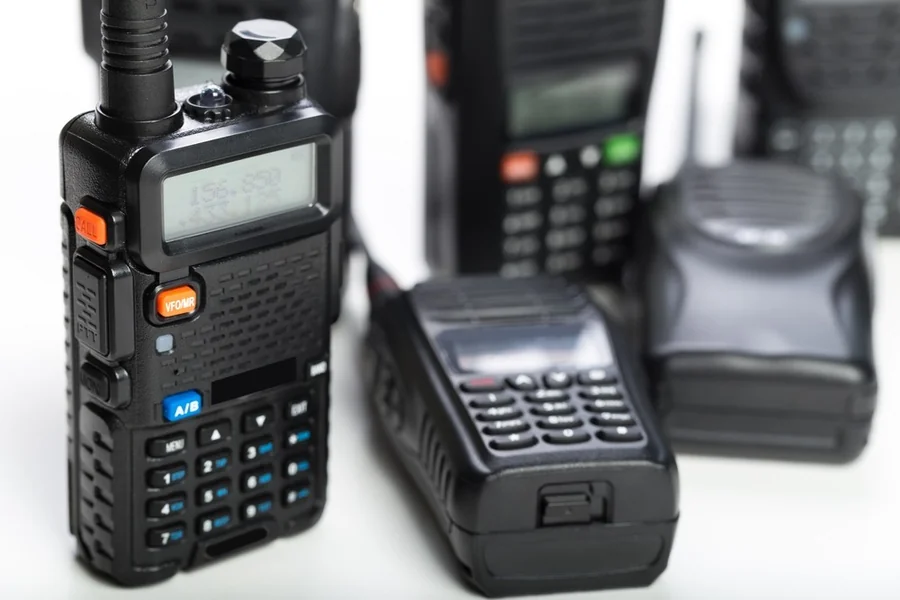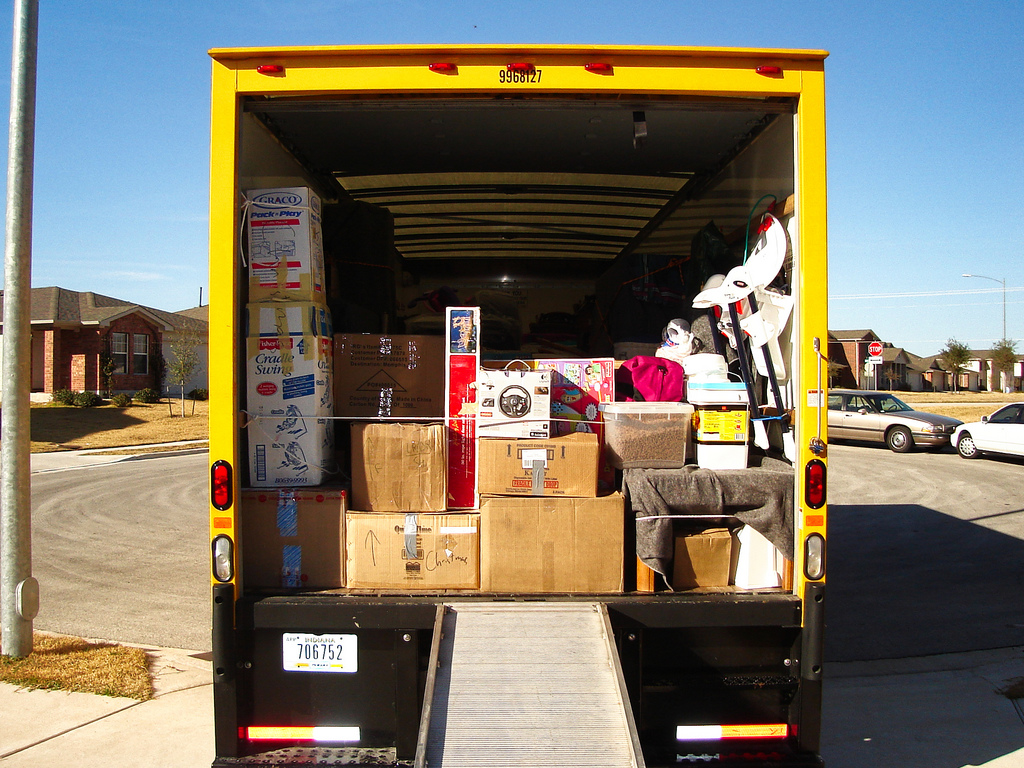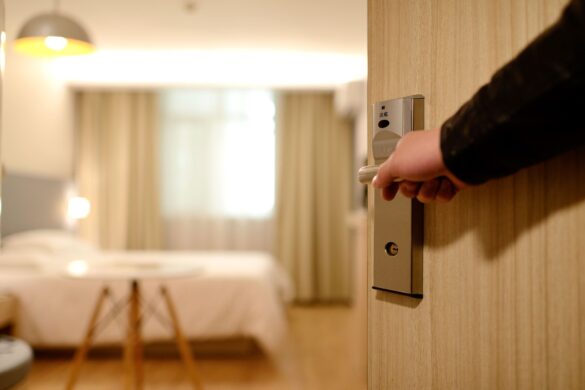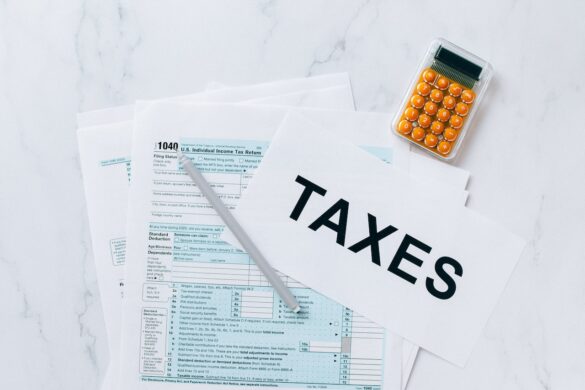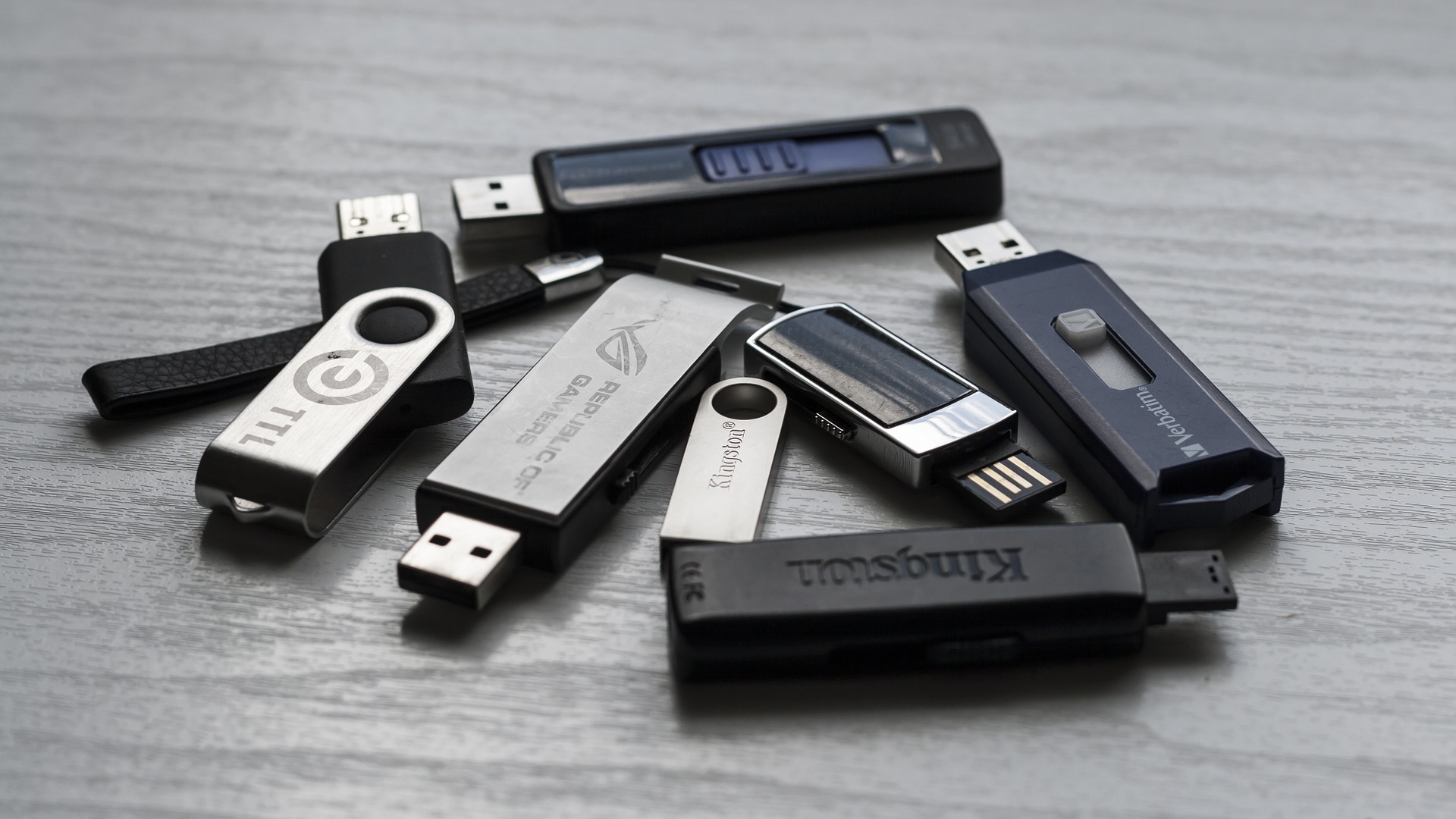“Breaker One-Nine…” is officially retired
There was a time when two way radios were mostly for truckers, mall cops, and construction crews yelling over diesel engines. Crackly voices. Channel dials. Antennas so long they could double as fishing poles.
Fast-forward to now, and that classic “walkie-talkie” has had a serious glow-up.
Modern two way radios are sleeker, smarter, and—most surprisingly—powered by the same LTE networks behind your smartphone. We’re talking GPS, live tracking, secure channels, and push-to-talk (PTT) functions that connect teams across the country, not just across the parking lot.
Here’s how we got from old-school analog to enterprise-grade communication that runs like a digital command center.
The Early Days: Push-to-Talk, Then Cross Your Fingers
Back in the day, two way radios were… basic.
Manual channel selection. Limited range. Interference from weather, terrain, and even garage door openers. You had to hope you and your team were tuned to the same frequency—and that no one else nearby was, too.
Still, they worked. For decades, they were the go-to for short-range communication when cell phones weren’t an option. But they came with a clear ceiling: range and reliability.
Enter digital.
The Digital Upgrade: Clearer Sound, Smarter Signals
As tech evolved, radios moved from analog to digital. That meant better clarity, stronger encryption, and more efficient use of radio spectrum. You could hear what someone was saying without the background static that made everyone sound like they were underwater.
It also opened the door to features like:
- Text messaging
- Contact lists
- User IDs
- Emergency alerts
Suddenly, two way radios weren’t just for yelling “copy that.” They were becoming legitimate business tools.
Then Came LTE—and Everything Changed
What if your radio didn’t rely on shortwave frequencies at all?
What if you could talk to someone two states away with the same clarity as if they were in the room?
That’s exactly what modern PTT-over-LTE technology delivers. It leverages existing 4G and 5G networks to create nationwide push-to-talk coverage. Meaning you’re no longer tied to repeater towers, range limits, or atmospheric quirks.
Your crew in Dallas? Can now speak directly with your supervisor in Chicago—with zero delay and crystal-clear audio.
And unlike smartphones, there are no distractions. No apps. No Instagram detours. Just pure communication, the way mission-critical teams need it.
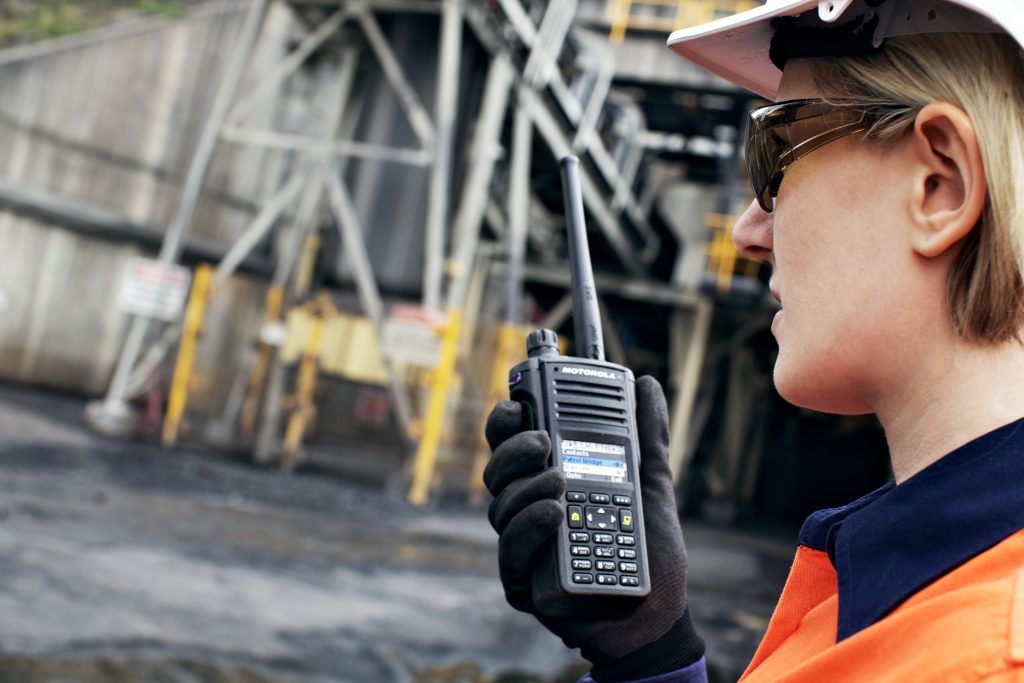
Who’s Using This Tech? More Than You’d Think
You’ll find these next-gen two way radios everywhere from:
- Logistics fleets and delivery companies
- Event and venue security
- Schools and campus safety
- Hospitality and facilities management
- Emergency response teams
Basically, anywhere teams need instant, secure, and reliable comms, this tech is showing up. And unlike phones, these devices are built tough—drop-proof, dustproof, rainproof. Ready for whatever shift throws at them.
Modern Radios Are Also… Weirdly Easy to Use
One of the biggest surprises? How simple they’ve become.
- No frequency charts
- No interference headaches
- No “wait, which channel are you on?” moments
Just turn it on, push to talk, and you’re connected across town—or across the country.
Plus, many units now support location tracking, geofencing, remote device management, and voice logs. It’s like handing your team a walkie-talkie that moonlights as a dispatch system.
Final Thought: The Walkie-Talkie Grew Up—and Got a Data Plan
If you haven’t looked at two way radios lately, it’s time to rethink what they can do. This isn’t just old gear with a new paint job. It’s a total reinvention—from analog chatter to LTE-powered clarity that scales from a five-person crew to a national operation.
Because these days, your team doesn’t just need to talk.
They need to stay connected—no matter where the job takes them.
